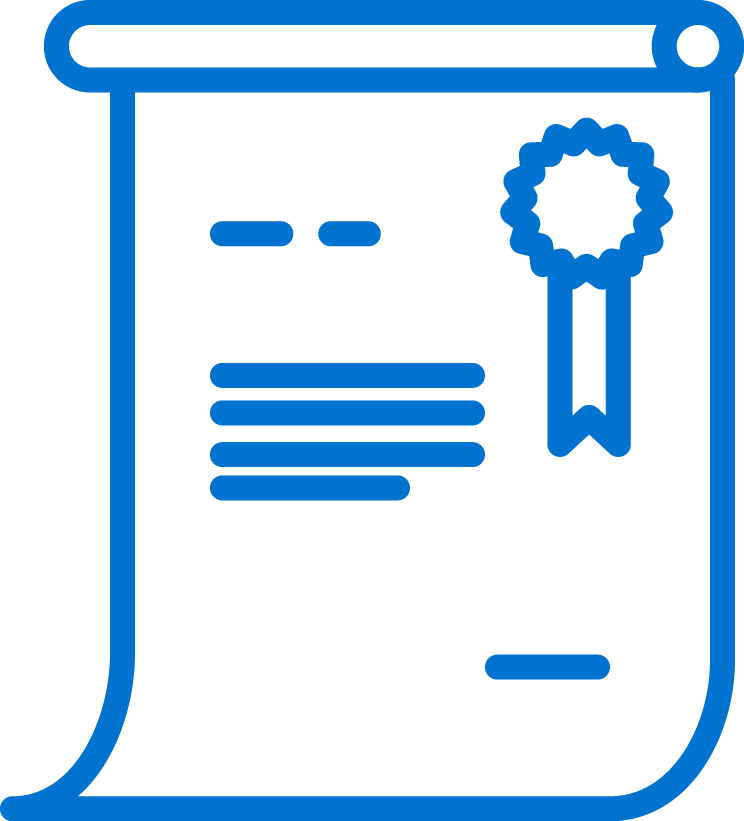Throughout our business, across every solution we deliver, we put a premium on measuring the satisfaction of our Clients’ customers. But beyond this measure, we seek to use true “Voice of Customer” data to continuously improve the services we deliver today. This means understanding the behaviors and motivations of our Clients’ customers and using this information to create a greater experience for them.
To do this, we follow a very simple process:
1. Collect customer information and feedback on their experience with the brand through effective surveying
2. Adopt a scientific approach to analyzing the customer data
3. Use the findings to develop a “Roadmap” for continuous improvement – a practical toolset that enables our Clients to redesign, or focus on the key elements of their business which have the biggest impact on their customers
The data gathered throughout this process allows our Clients to learn about their business from their customers, and the resulting Roadmap allows us to work in partnership with them to deliver a truly frictionless experience.
A scientific approach to understanding customer loyalty
A key part of developing a continuous improvement “Roadmap” is using customer data and feedback in the right way; presenting actionable insight, rather than meaningless information.
Today, brands are putting a premium on loyalty, but many have yet to fully understand what elements of their business can positively impact this. Identifying the key drivers of loyalty through data means using a scientific approach to analysis, which we feel can lead to a much greater understanding of our Clients’ wider business.
Here comes the science!
We use inferential statistics to identify a link between loyalty (a key question in the customer survey) and any number of other variables across our Clients business.
This methodology, for example, could identify if a customers’ propensity to repurchase (i.e their loyalty with the brand) is significantly correlated with the quality of service they experience through the Customer Relationship Center (CRC). The outcome of this particular equation would highlight the need to strengthen the core CRC service delivered, or continue with business as usual.
Similarly, identifying a link between loyalty and a customer’s satisfaction with an automotive dealership (another key question in the survey) could highlight the need for additional dealer training or a change to customer processes. In both scenarios, armed with this information, we can help our Clients make positive business changes that will impact on the loyalty of their customers.
But science behind loyalty doesn’t always have to mean numbers and equations! Customer verbatim is rich in information and when analyzed correctly, can highlight key influencers and drivers of both purchase and repurchase decisions. And when fed back into the business, it can help brands become more proactive rather than reactive with their customer strategies. For example, in the automotive industry, feeding customer verbatim to engineering and marketing teams as well as Dealers can prevent future concerns from reaching the Customer Relationship Center. This continuous feedback loop is invaluable in allowing both Percepta and our Clients make positive business changes to meet the needs of the customer.
It should be the goal of every business to make life easy for our customers, to render the complex simple and deliver a frictionless experience. For us, the use of inferential statistics and verbatim analysis to fully understand the drivers of loyalty brings our Clients one step closer to delivering this and allows us to become true trusted advisors.









